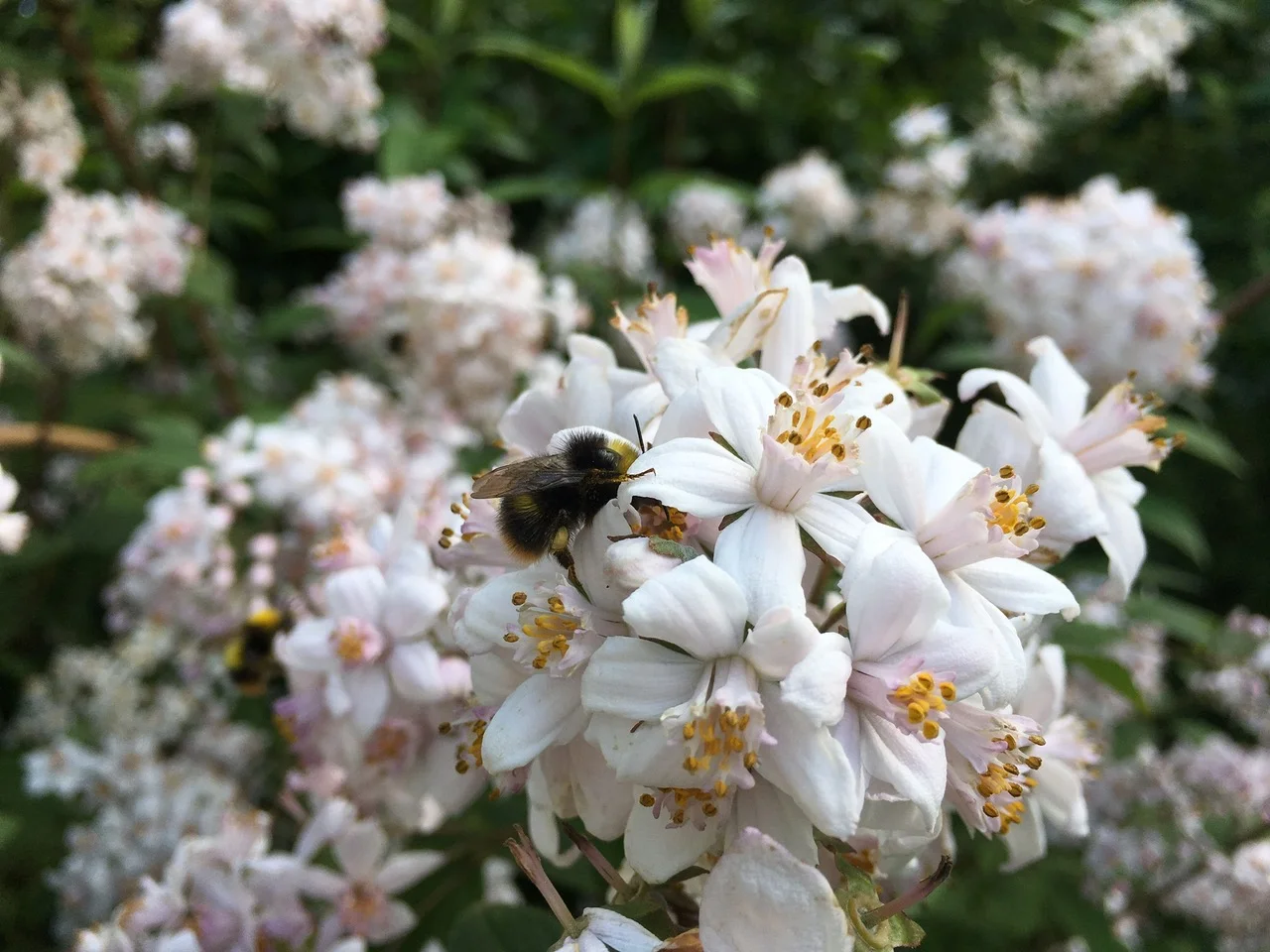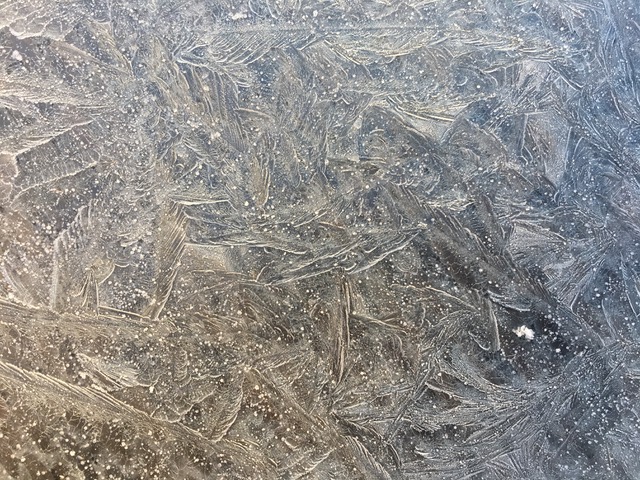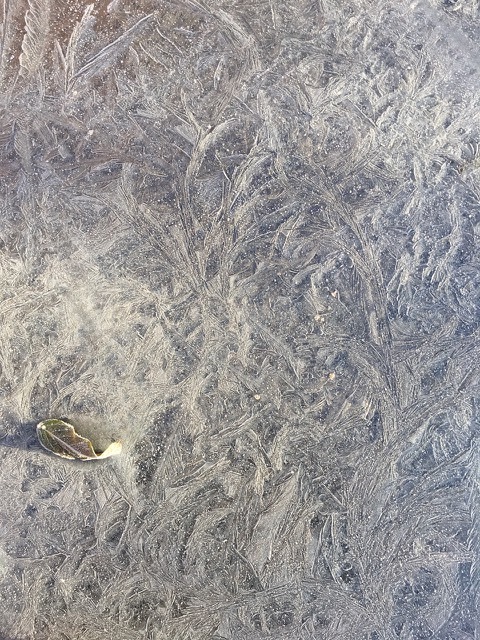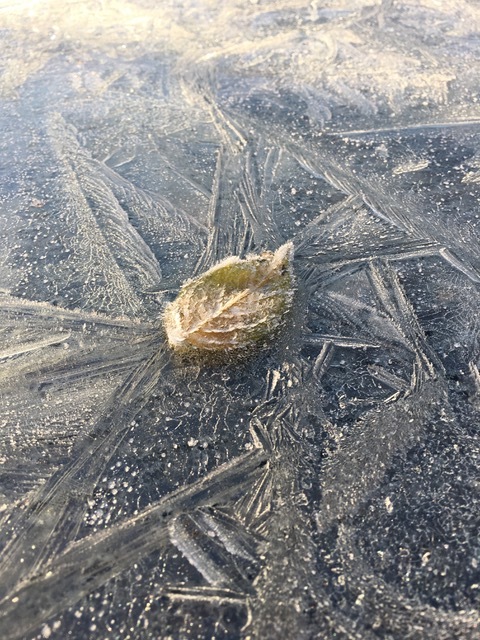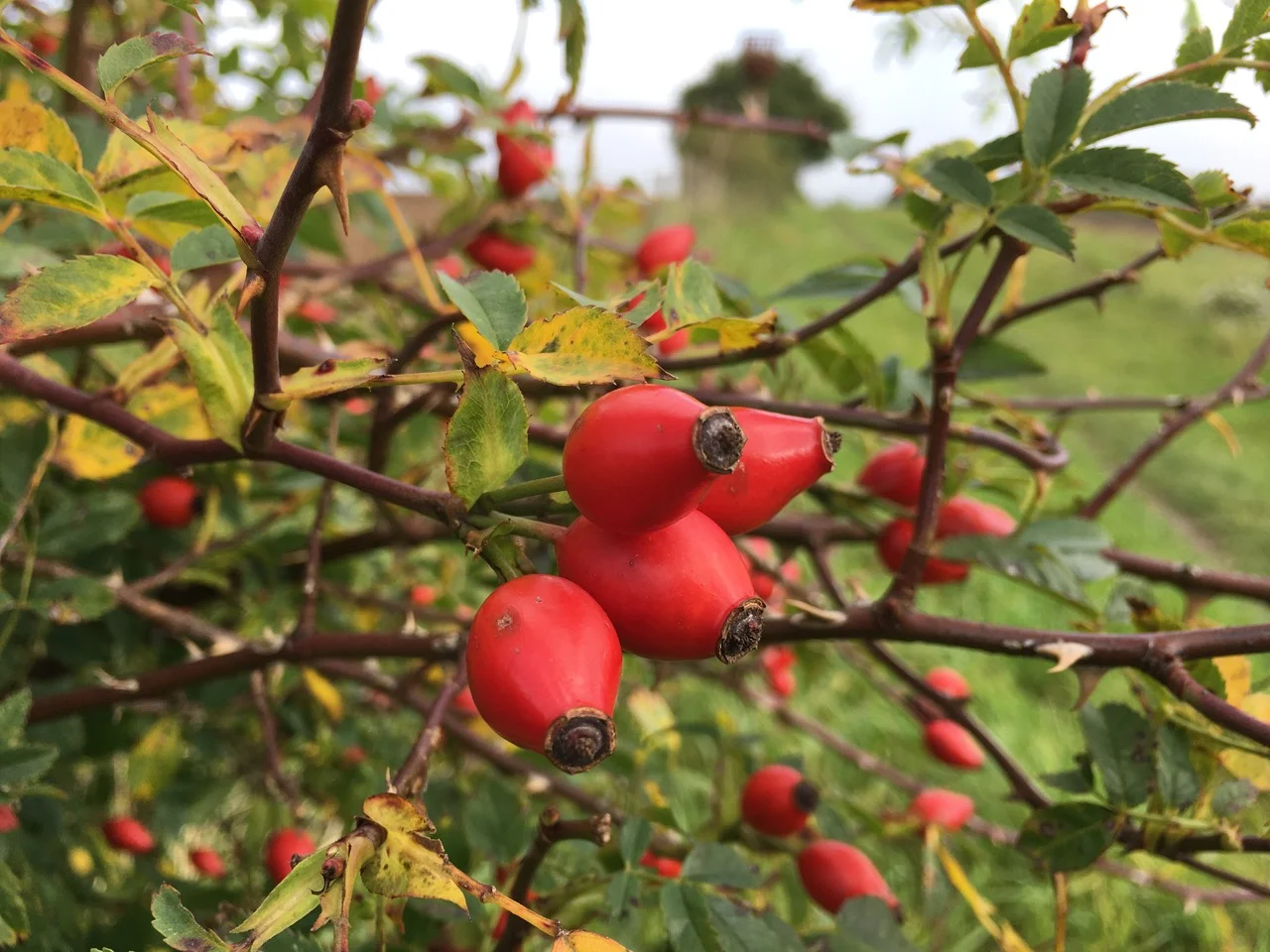Bumblebees are synonymous with summer. Their gentle buzzing accompanies our wanders through the meadows beyond the house, where buttercups, red clover and ox eye daisies dot the landscape and provide a bountiful banquet for hungry bees. But habitats such as this have become ever rarer. The loss of around 97% of our flower rich meadows since the middle of the twentieth century is a major contributing factor to the decline in UK bee numbers, affecting bumblebees, honeybees, and solitary bees alike.
While it’s tempting to rush out and buy packets of wildflower seeds to sow meadows of our own, maintaining a successful wildflower area requires a degree of careful management. But there are other, simpler ways, to create pollinator-friendly patches in our gardens and allotments. Avoiding showy bedding plants and opting instead for flowering perennials, herbs, bulbs, and shrubs; planting tussocky grasses (for shelter and hibernation); and providing a source of water with safe places for the bees to land (such as a small water-filled dish with some pebbles) are all relatively easy ways to support our bee populations.
In the garden here, June is in full bloom, with plenty of plants to attract a variety of bumble (and other) bees. The plants proving popular are the Yellow flag irises (Iris pseudacorus), Geranium phaeum “Black Widow”, Geranium macrorrhrizum Spessart, Allium christophii, Geums, Welsh poppies (Meconopsis cambrica), Comfrey, and Knautia macedonica. But the busiest banquet of all takes place at back of the garden where the Deutzia’s powdery blooms are covered in a flurry of bees. At any one time there are Tree bumblebees, Early bumblebees, Southern cuckoo bumblebees, Common Carder bees, Buff-tailed bumblebees and White-tailed bumblebees. They bustle and bump into one another in their feeding frenzy, buzzing and clambering over the pollen-dusted blooms. Already the task of identifying the different species has become more challenging as male bumbles now join the throng. And as summer wears on bumblebee ID becomes all the more difficult. The bees’ hairy bodies become sun-bleached, making the usual colours and patterns of stripes harder to distinguish. Many bumbles even develop bald patches on their thoraxes; the hairs eventually rubbing away as the bees fly repeatedly in and out of their nest entrances.
As evening falls the frenetic buzz of busy bumbles lessens as the females return to their nests for the night. A stillness descends over the garden. But here and there, tucked into a closed flower head or under the starry blooms of the alliums, sleepy, tousled male bumblebees have taken themselves off to rest. They will spend the night outdoors, awakening next morning a little bleary-eyed, until the early sun gradually warms them and their energy levels rise, ready for another day of foraging.

